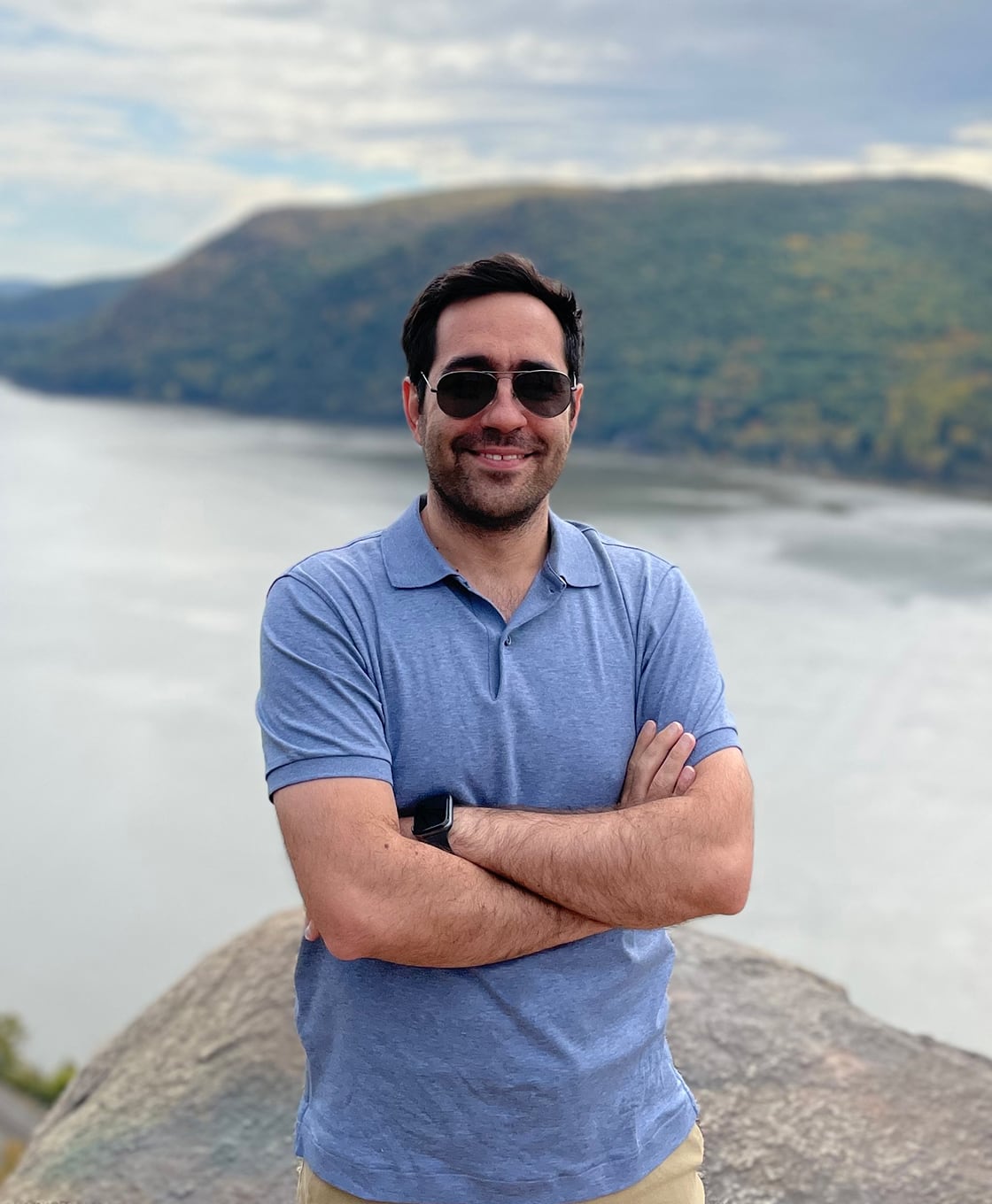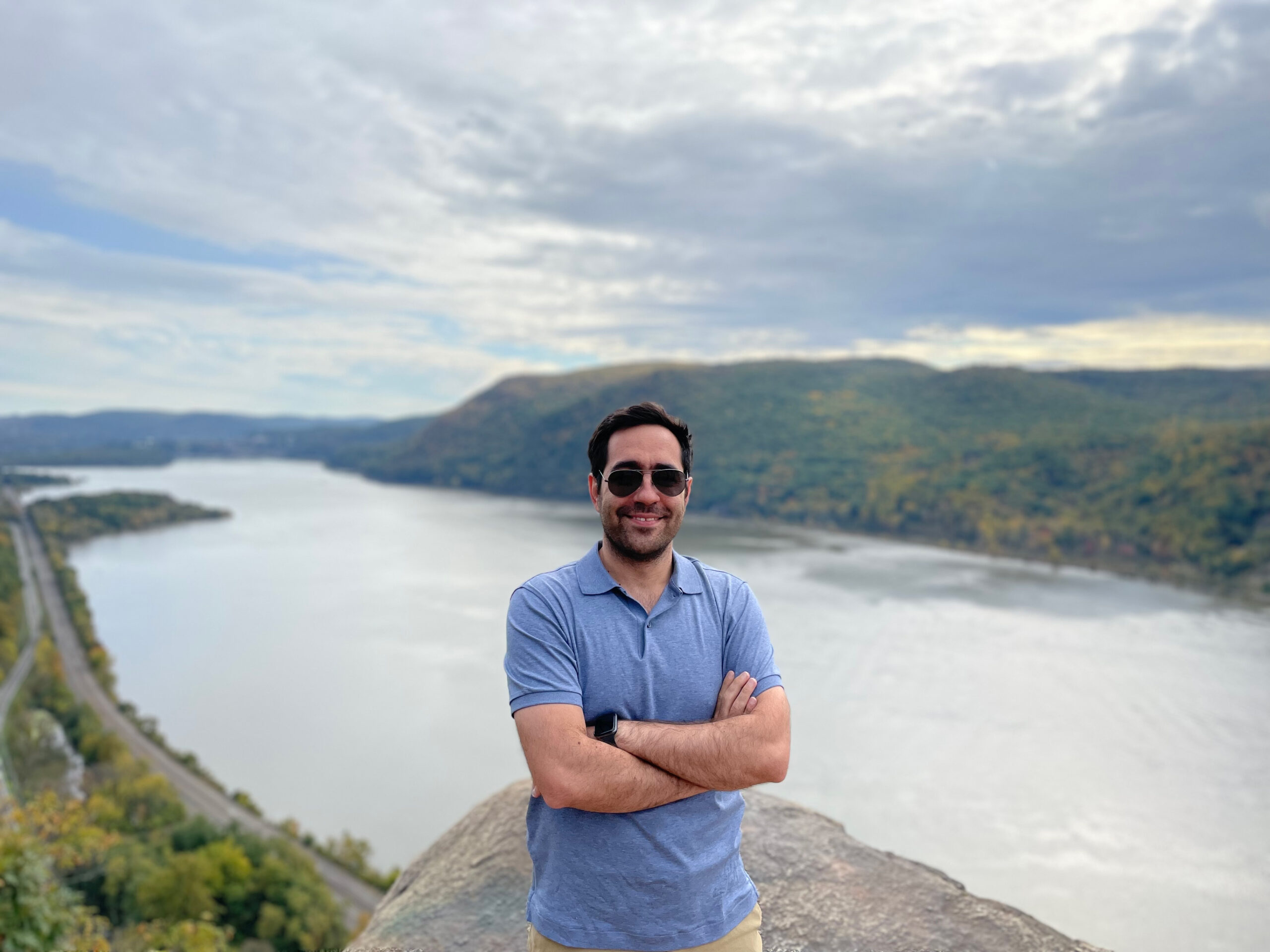
Entrepreneurial Journeys
Innovation FellowsThe Problem with Cardiovascular Disease Treatment, and a Bakar Fellow’s Solution
by: niki borghei
For Mehran Mirramezani, learning to adapt was one of the keys to his success in both his personal life and in his scientific achievements.
Background
Born and raised in Isfahan, Iran, he grew up surrounded by the lush greenery of the city and a tight-knit, supportive family. His brothers, who are also engineers, influenced his passion for the sciences and encouraged him to pursue his education abroad.
Motivation
Isfahan’s artistic heritage and his STEM-oriented family made him develop a love for the discipline that blends art and hard science: engineering. As an undergraduate student in Iran, he studied mathematical models that illustrated the vibrational frequency of carbon nanotubes. As a PhD student at UC Berkeley, he decided to apply his engineering skills to the development of non-invasive diagnosis and treatment technology for coronary artery disease. Many of the commonly used methods for diagnosing and treating coronary artery disease are highly invasive, which may result in medical risks for the patient. As a result, Mirramezani was motivated to apply his research to life-saving technology that would make treatments for coronary artery disease less invasive and thereby less dangerous.
“I was really excited about the type of research that the faculty members were doing,” Mirramezani said when asked about his decision to pursue his PhD at UC Berkeley. Coming to UC Berkeley was the first time he had left Iran, and the initial shock of the cultural differences made the transition both difficult and memorable. “You need to adjust in a new situation if you want to be successful,” he said, also noting that he was fortunate to have met a community of Iranian students here at UC Berkeley who supported him through this adjustment. As much as a university is a place of academic challenges, it is also a place where one can explore and delve into new opportunities, which is exactly what Mirramezani did when he joined the Bakar Fellows Program.
“You need to adjust in a new situation if you want to be successful.”
Just like he had to learn how to adapt as a student in a new country, Mirramezani and his fellow researchers learned how to adapt existing technologies to meet the needs of today’s coronary artery disease patients. The key to solving any problem, he stated, whether in his research or life, is to be patient and never give up. When running into persistent problems, he suggested, “What about looking at the problem from a different angle and finding another solution?” Sometimes something as simple as getting coffee with his fellow researchers would help them come together to brainstorm solutions to existing problems. He emphasized how much a sense of community and support from others helped him throughout his research, which is another reason why he is thankful for the Bakar Fellows Program. “I was so fortunate to be awarded as one of the Bakar Innovation Fellows in 2019 for my research,” he said.
Area of Research
Mirramezani’s research interests include Reduced-Order Modeling, Cardiovascular Fluid Mechanics, and Computational Mechanics. His advisor’s advisor developed HeartFlow, a company that uses the research conducted by individuals like Mirramezani to develop non-invasive diagnosis and treatment technology for coronary artery disease.
Where it Leads
In terms of how this research will impact patients, Mirramezani highlights the reduced cost that comes with less invasive procedures as well as the reduced likelihood of complications. Thus, this type of treatment will become more accessible for low-income communities and help solve social inequality issues in healthcare. In addition, this innovation can help doctors practice new ways to treat heart disease. For example, if a doctor wants to know where to place a stint, they can perform virtual surgery, and this allows them to test non-invasive hypotheses before proceeding with different treatments which will reduce risks for the patient. Finally, Mirramezani envisions a bright future for more technology of this kind that treat other areas of cardiovascular disease.
As for what Mirramezani foresees for his own future, he plans to continue his research by pursuing cardiovascular fluid mechanics simulation with real clinical applications. He has also considered working in academia or starting his own company. No matter how he chooses to implement his research skills and expertise into a career, he has the UC Berkeley community and the Bakar Fellows Program here to support him.
